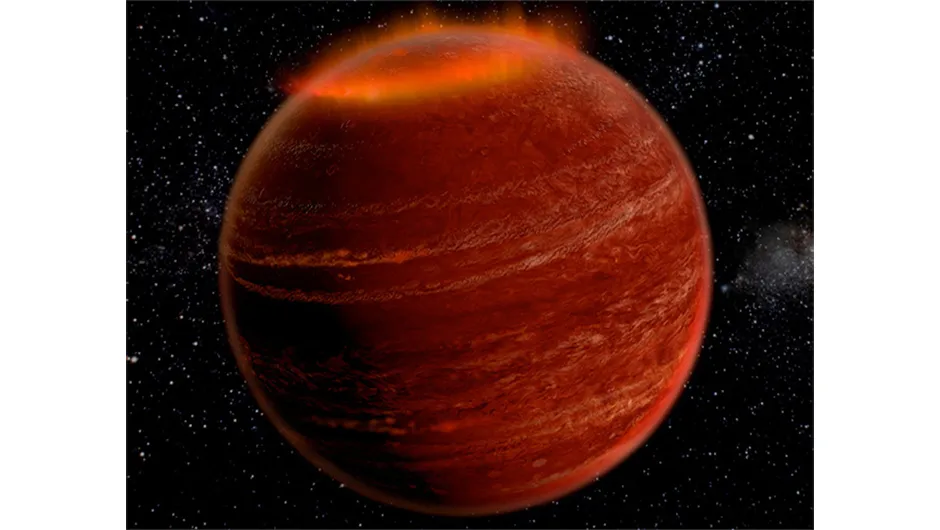Stars must be massive enough to sustain nuclear fusion in their cores, crushing together hydrogen nuclei to forge helium and then other elements up to iron.
Planets, on the other hand, can be small and rocky like Earth, or large with a bloated hydrogen and helium atmosphere like Jupiter.
However, a planet can never burn with its own light like a star.
Jupiter is over 300 times heavier than Earth, but this is still less than 0.1% the mass of the Sun.
The biggest a planet can grow is 13 times larger than Jupiter.
It then becomes a sub-stellar object capable of limited fusion known as a ‘brown dwarf’.

It takes an object larger than about 80 Jupiter-masses to begin burning as a star in its own right.
Despite the plot of the sci-fi book, 2001: A Space Odyssey, Jupiter could never be ‘switched-on’ to burn as a star.
The search for extra-solar planets - known as exoplanets - has unearthed some truly massive worlds, some more than 20 times that of Jupiter.
But a planet can never be bigger than its star without bursting into light as a star itself and forming a binary star system.
